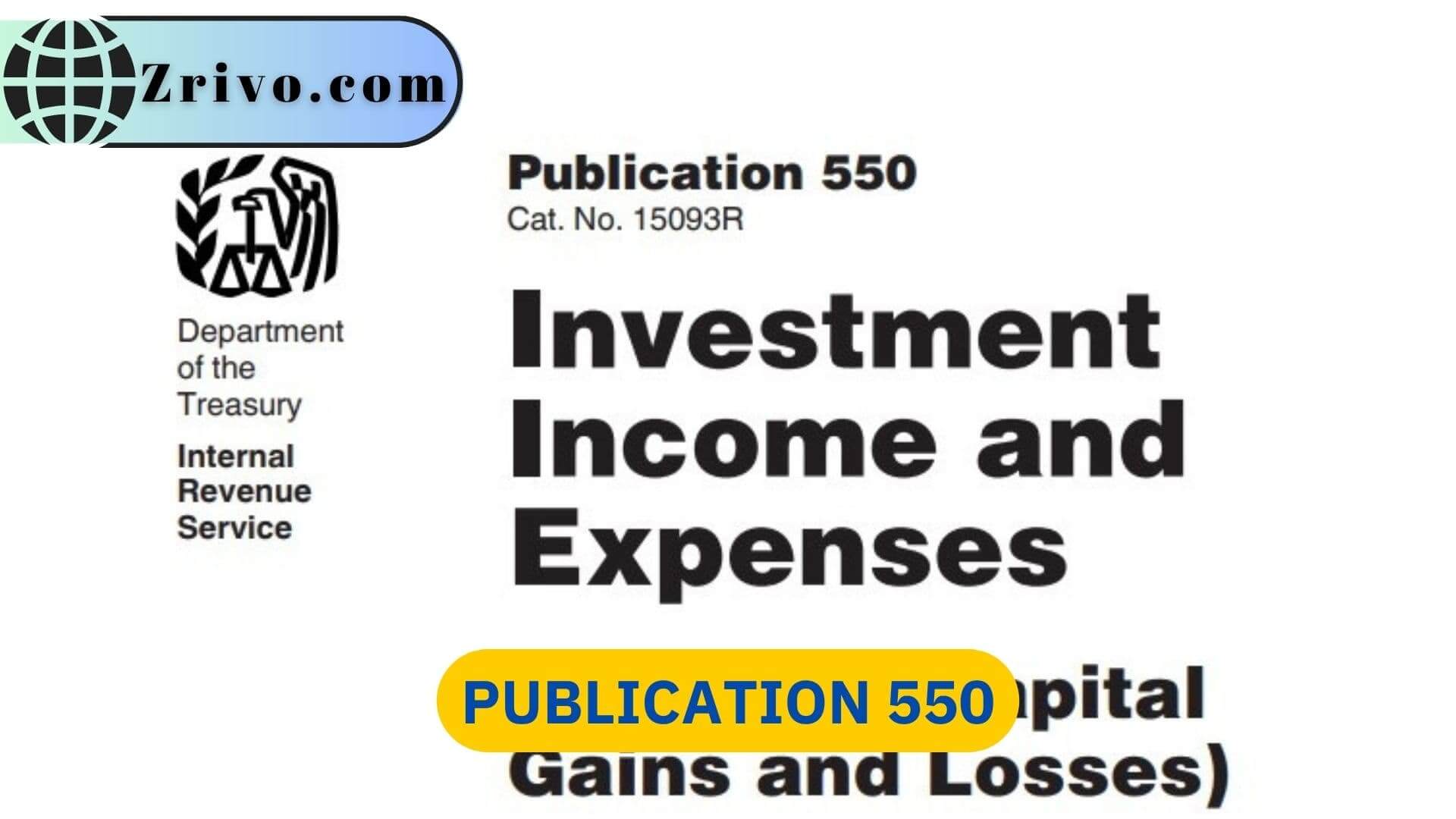
Publication 550, Investment Income and Expenses, is the IRS’s guide to tax filing requirements for investment income and expenses. It explains how to report these items on your tax return, when to show them, and what deductions are available for them. It also outlines the rules surrounding property trades, abusive tax shelters, and other aspects of taxable investment income. It is written in easy-to-understand language and is a helpful tool for anyone with investment income to report on their tax return. It can be accessed on the IRS website, or you can get a copy of it by contacting the IRS directly.
The document is divided into five chapters and covers all of the basics of filing taxes on taxable investment income. It also includes information on where to get help if you need it. However, it is not a legal authority and should not be taken as a final interpretation of the law.
Aside from the IRS, this publication is a must-have on the bookshelf of any self-proclaimed tax buff. It is also a must-have for anyone who plans on using a professional to help them get their act together. IRS Publication 550 can be located in various formats at your local IRS Taxpayer Assistance Center or the IRS website. The best part is you can probably pick it up for free if you know what you’re doing.

What Does Publication 550 Cover?
Publication 550 covers a wide range of topics related to investment income and expenses, including:
- How to determine whether an investment is a capital asset or not
- How to calculate and report capital gains and losses
- How to report income from mutual funds, stocks, bonds, and other securities
- How to report income from options, futures, and other derivatives
- How to report income from real estate investments
- How to report income from partnerships and S corporations
- How to deduct investment expenses and other related expenses
Publication 550 is intended to be used as a reference guide for taxpayers, tax professionals, and other individuals who need to report investment income and expenses on their tax returns. It is available for free on the IRS website and can be downloaded in PDF format.
About Capital Gains and Losses in Publication 550
IRS Publication 550 provides detailed information on calculating and reporting capital gains and losses on federal tax returns. Here are some of the key points from the publication regarding capital gains and losses:
- A capital gain or loss occurs when you sell or dispose of a capital asset, such as stocks, bonds, or real estate.
- Your capital gain or loss is the difference between the amount you paid for the asset (your basis) and the amount you received when you sold it.
- You have a capital gain if you sold the asset for more than your basis. You have a capital loss if you sold it for less than your basis.
- You must report all capital gains and losses on Schedule D of Form 1040 or Form 1040-SR. You may also need to use Form 8949 to report certain transactions.
- Short-term capital gains and losses are from the sale of assets held for one year or less. Long-term capital gains and losses are from the sale of assets held for more than one year.
- The tax rates for long-term capital gains are generally lower than the rates for ordinary income. The tax rates for short-term capital gains are the same as the rates for ordinary income.
- You can use capital losses to offset capital gains. If your losses exceed your gains, you can deduct up to $3,000 of the excess loss each year against other income. Any remaining losses can be carried forward to future tax years.
- There are specific rules for calculating and reporting capital gains and losses from certain types of assets, such as mutual funds, stock options, and real estate. Publication 550 provides detailed information on these rules.